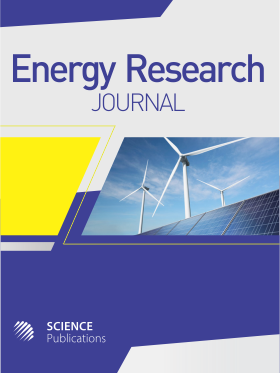Smart Retrofit Solutions of Buildings toward a Low Carbon World
- 1 University of Bayburt, Turkey
- 2 Recep Tayyip Erdogan University, Turkey
Abstract
In this short communication, energy-efficient, eco-friendly and low-cost solutions for existing buildings are considered in a holistic manner toward low/zero carbon building concept of near future. Buildings are still responsible for about 40% of total primary energy consumption in the world, hence decisive measures need to be taken promptly due to growing significance of environmental issues driven by fossil fuel based energy use. Smart solutions addressed within the scope of this research aim at analyzing the energy consumption behaviour of a typical building from building envelope to the appliances utilised, then propose key technologies for urgent mitigation of energy use and drastic reduction of greenhouse gas emissions. For the external walls, aerogel and vacuum insulation panel based thermal superinsulation solutions are recommended owing to the superior thermal resistance ability of such materials (λ<0.01 W/mK for current commercial products). For glazed areas, aerogel glazing, vacuum glazing, solar pond glazing, PV glazing, Transparent Insulation Material (TIM) glazing and Phase Change Material (PCM) glazing concepts are introduced. About 60% of total heat losses from building fabric is attributed to window, which proves the significance of energy-efficient solutions on fenestration products. Depending on environmental and regional conditions, solar, wind and biomass oriented hybrid solutions can be considered for clean energy generation. Current payback period of such systems is below five years, which is promising. Especially thermally resistive PV glazing systems integrated with TiO2 nano coating are capable of producing more than 100 W from per m2 28 of cell area with 100% UV light blockage and self-cleaning feature. Polycarbonate based counter flow waste heat recovery systems are ideal for ventilation purposes with an average COP of about 3.5. For general heating and cooling purposes, air or ground source heat pump systems are found to be favourable for temperate and continental climatic conditions, respectively. Average COP of these systems is found to be greater than 3 in most cases, which is attractive. LED lighting systems are highly energy-efficient and cost-effective compared to the alternatives in market.
DOI: https://doi.org/10.3844/erjsp.2018.78.87

- 5,154 Views
- 2,981 Downloads
- 1 Citations
Download
Keywords
- Building Retrofit
- Energy Efficiency
- Low-Cost Restoration
- Low-Carbon Economy
- COP
